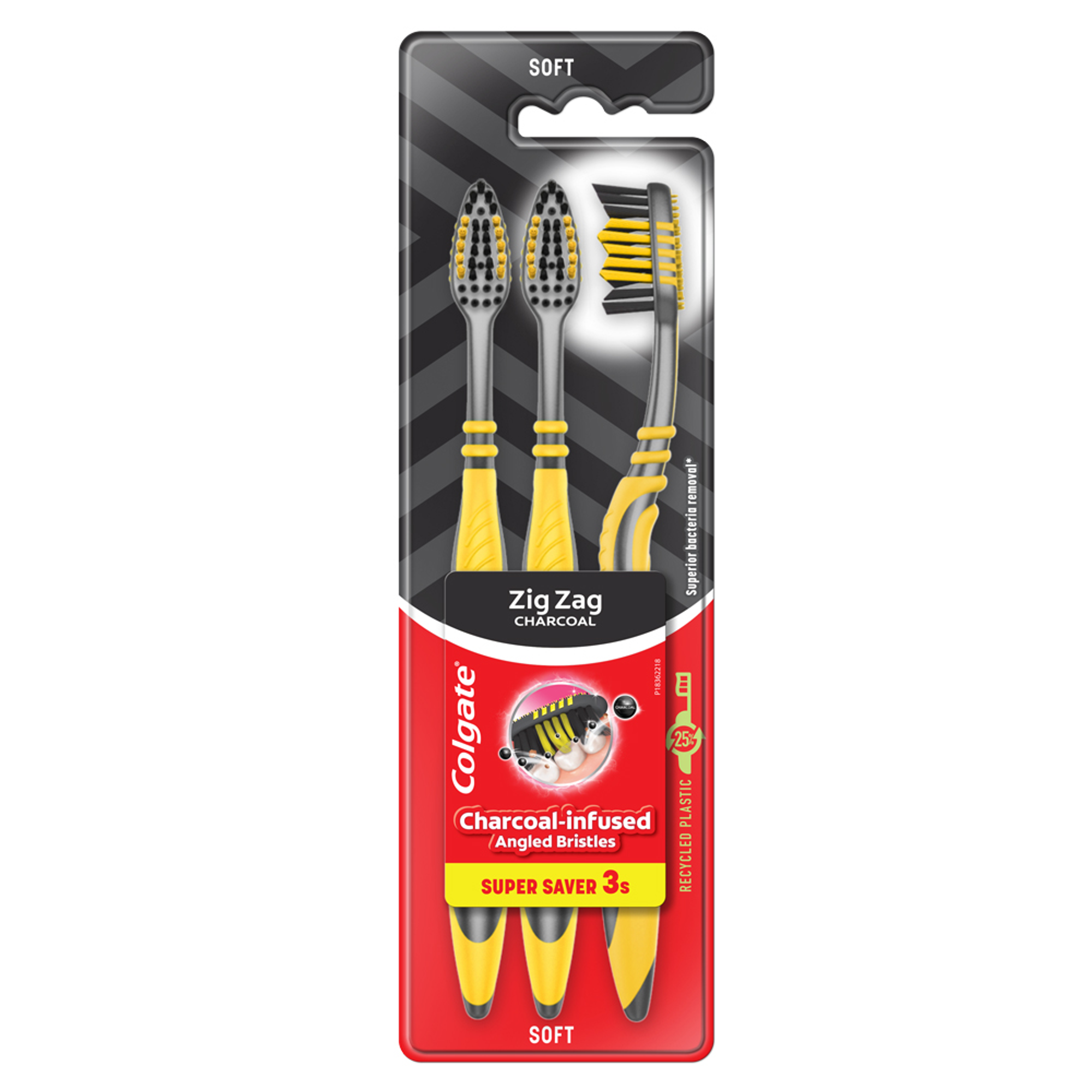- Oral Health and Dental Care | Colgate®
- Oral Health
- Is a Bamboo Toothbrush Right for You?


With concerns about the environment on the rise, many people want to make more informed decisions about their use of plastic. For some, switching to a bamboo toothbrush is a simple way to reduce the use of plastic at home.
What's wrong with traditional plastic toothbrushes? National Geographic notes that more than 448 million tons of plastic are produced every year, which poses a number of problems because plastic doesn't break down and often ends up not getting recycled. In fact, some plastic products — such as straws and toothbrushes — are difficult, if not impossible, to recycle. Is a toothbrush with a bamboo handle a better choice for the planet? If so, will it clean your teeth as effectively as a plastic one?
What Is a Bamboo Toothbrush?
Bamboo toothbrushes are similar to any other manual toothbrush you would find on the shelf. They have a handle and bristles to remove food bits and plaque from your teeth. The key difference between bamboo toothbrushes and plastic toothbrushes is the material used to make the handle.
Although bamboo toothbrushes may seem like a new, eco-friendly item, they are actually one of the oldest types of toothbrushes. As the Library of Congress points out, the earliest bristle toothbrushes were invented in China in the 15th century and featured boar hair bristles and bamboo handles.
While you're more likely to find nylon bristles on modern bamboo toothbrushes, some still do have bristles made from boar hair. Others have bristles infused with activated charcoal, which may help whiten teeth.
Is Bamboo Really Eco-Friendly?
When choosing a toothbrush material, consider how bamboo differs from plastic and wood. Bamboo plants grow quickly, need little care and may thrive without fertiliser or pesticides.
When used in its raw form, such as in the shape of a toothbrush handle, bamboo does have a considerably smaller ecological footprint compared to plastic. This is because bamboo is biodegradable. You can compost the handles of bamboo toothbrushes if you first remove the nylon bristles. You can also find ways to creatively reuse the toothbrush handles, such as turning them into plant markers for your garden. However, if bamboo toothbrushes end up in the trash, they aren't significantly more environmentally friendly than their plastic cousins.
If you want a fully biodegradable toothbrush, choose one with a bamboo handle and bristles made from boar hair. Keep in mind that boar hair bristles tend to be rougher than nylon ones, and hard bristles can cause wear on your enamel and contribute to receding gums.
Using and Caring for a Bamboo Toothbrush
You can use a toothbrush with a bamboo handle the same way you would use a plastic toothbrush and should keep the same considerations in mind. When choosing your toothbrush, pay close attention to the size of the head, the shape of the handle and the type of bristles. Ideally, you'll want to choose a brush with soft bristles and with a brush head that fits comfortably in your mouth. The handle should be easy to hold.
It's a good idea to replace bamboo toothbrushes as often as you would any other type of toothbrush. The American Dental Association recommends getting a new toothbrush every three to four months, or once there is visible fraying or damage to the bristles. Swapping your old toothbrush for a new one will help keep your teeth as clean as possible.
If you have questions about switching to a bamboo toothbrush, talk to your dentist. They can help you choose the toothbrush that's best for you and make other recommendations that will keep your mouth healthy while looking out for the planet.
Related Products

Helping dental professionals
More professionals across the world trust Colgate. Find resources, products, and information to give your patients a healthier future













